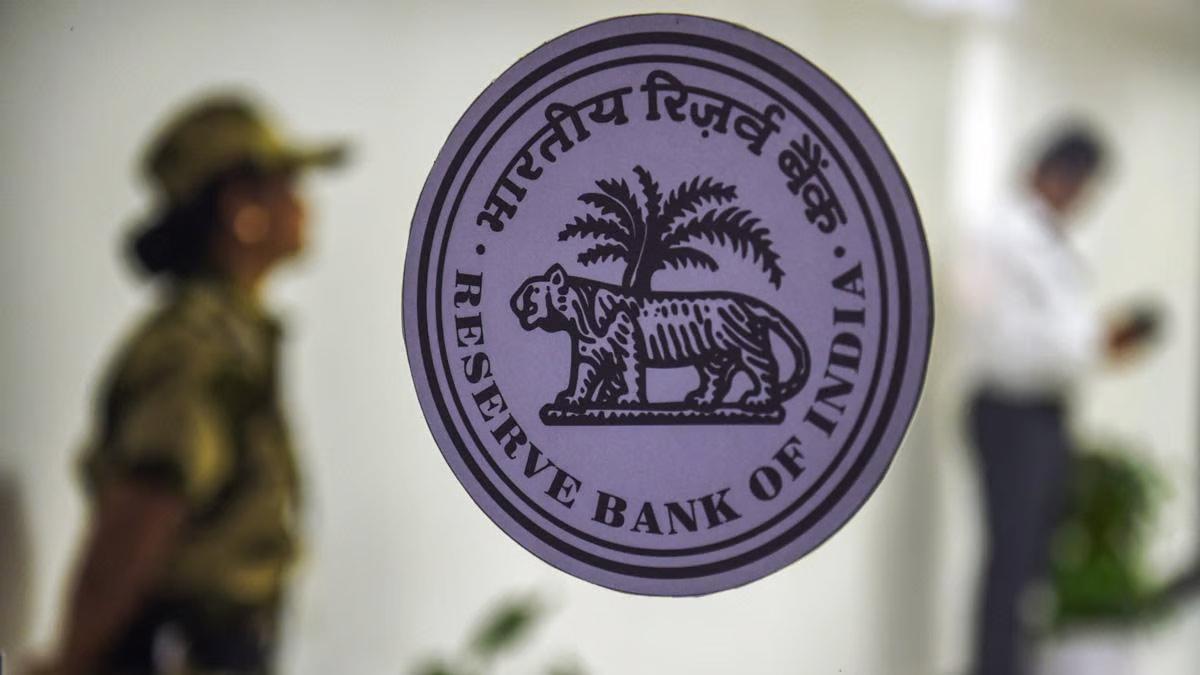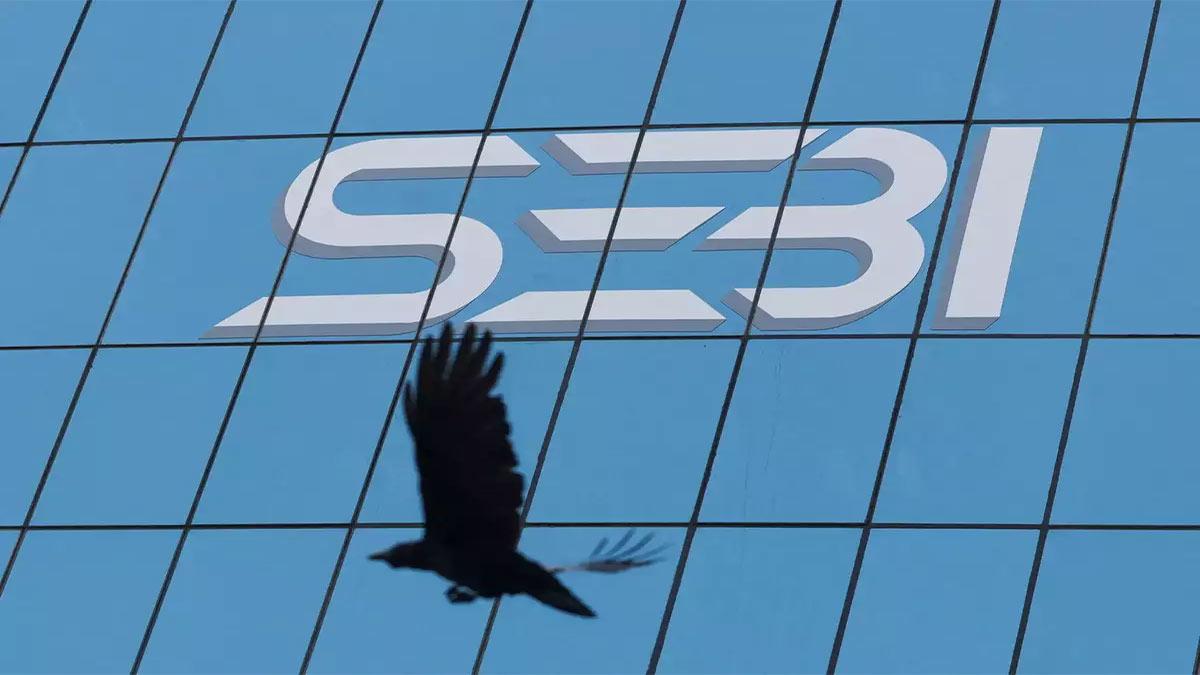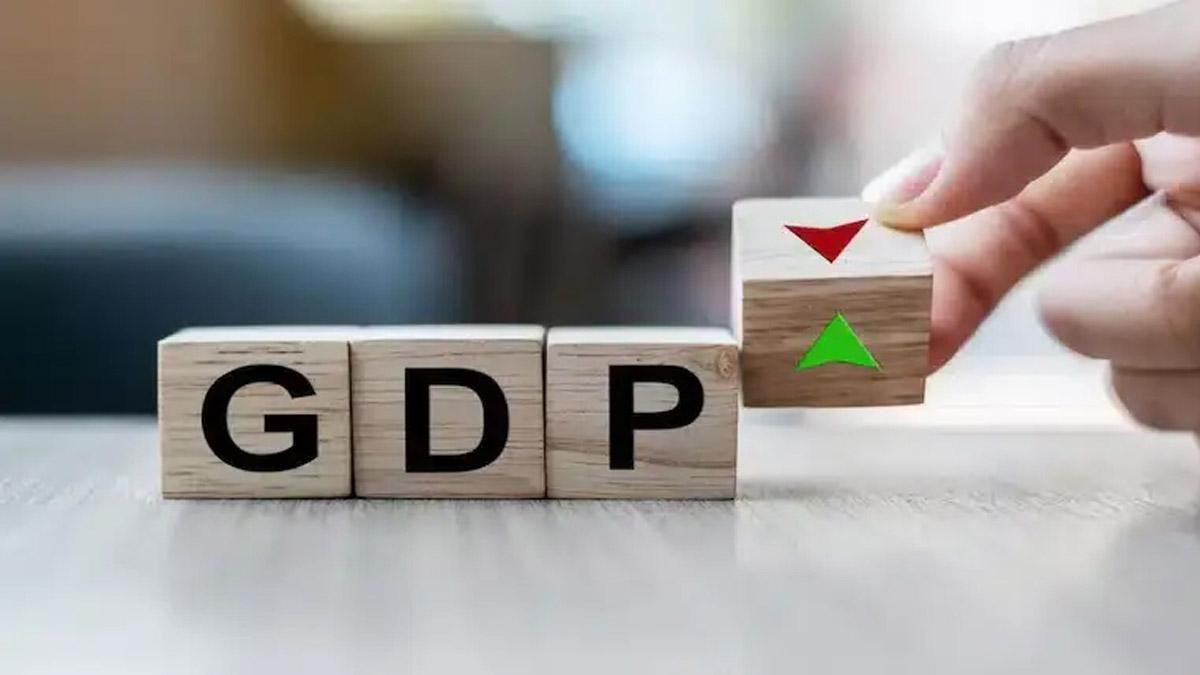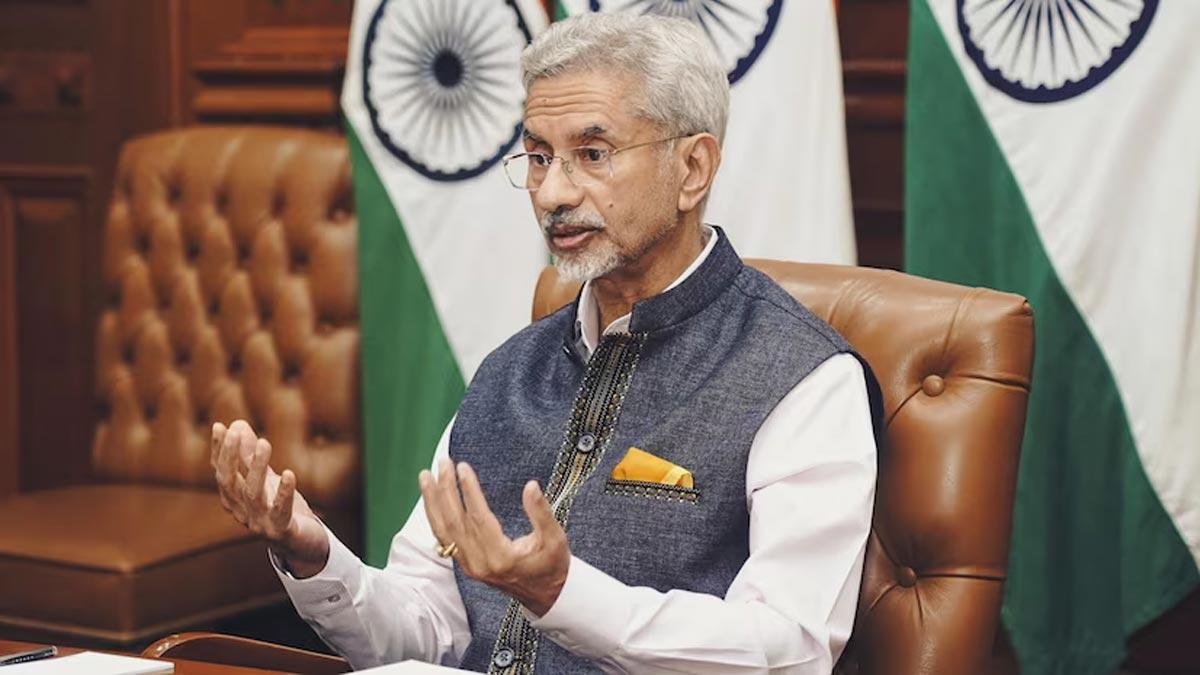Reserve Bank of India (RBI) is likely to transfer a large dividend to the Central government at Rs 2.5-3 lakh crore, triggering a rally in short-term bonds, analysts said on Wednesday.
This upcoming dividend is a huge jump from the dividend of Rs 2.1 lakh crore paid last year.
Rajani Sinha, CareEdge Ratings Chief Economist, pointed out, "The dividend will also be more than FY26 budgeted Rs 2.6 lakh crore (Rs 2.6 trillion) from the RBI, nationalised banks and financial institutions in aggregate. The major determining factor likely for such a massive dividend would be the positive gains from sales of dollars."
Dollar sales have risen significantly, reaching $371.6 billion through February in FY25, versus $153 billion for the whole FY24.
The increased volume of dollar sales, along with the expanded margin between the historical purchasing price of the dollar and the prevailing selling price, is thought to have contributed notable gains for FY25.
Sinha also noted, "Other important considerations like interest income on rupee and foreign securities could have also provided some backing to the higher dividend."
The record dividend transfer of Rs 2.1 lakh crore for last year helped immensely in bridling the fiscal deficit, besides enabling the Finance Ministry to support big-ticket infrastructure projects and social welfare initiatives to spur growth and help the underprivileged.
This was a steep increase from the Rs 87,416 crore dividend distributed in 2023-24 for the profit made in 2022-23. In the same way, the government should also expect another major spur from the RBI dividend this fiscal year.
Forex transactions continue to be a major earner for RBI, particularly with the central bank's attempt at stabilizing the rupee through heavy purchases of dollars earlier in FY25, in addition to the differential between current and historical exchange rates.
DBS Bank senior economist Radhika Rao said, "Add to this interest earnings on government papers and income from money lent to banks during the previous period of tight liquidity. This transfer can be a record high of the tune of Rs 2.5-2.7 lakh crore this year.
With the RBI’s surplus exceeding budgeted expectations and savings on certain expenditure fronts, the central government is well-positioned to tackle risks associated with slowing growth and to meet any urgent spending needs.
Read also| Report Forecasts India’s Q4 FY25 GDP Growth at 7.2%
Read also| Tata Motors Sees 51% Drop in Q4 Net Profit, Plummeting to Rs 8,470 Crore


















